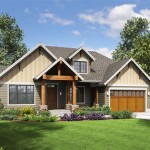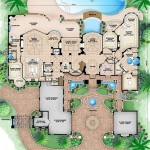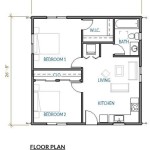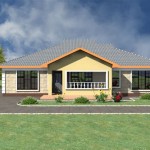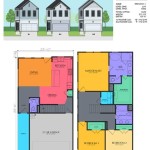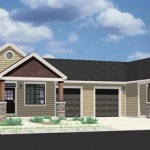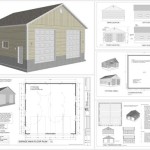House Plans Detached Garage Breezeway
When planning a new home, one of the most important decisions you'll make is whether to build a detached garage. A detached garage offers several advantages over an attached garage, including more flexibility in placement, reduced noise and fumes in the main house, and potential added resale value. If you're considering building a detached garage, one of the most important features to consider is the breezeway.
A breezeway is a covered walkway that connects the main house to the detached garage. Breezeways can serve several purposes, including providing a convenient and protected way to get from the house to the garage, creating additional storage space, and adding architectural interest to the home. When designing a breezeway, there are several factors to consider, including the size, style, and materials.
Size
The size of the breezeway will depend on the size of the house and garage and the intended use of the space. A small breezeway may be sufficient for simply walking between the house and garage, while a larger breezeway could be used for storage or as an additional living space. When determining the size of the breezeway, be sure to consider the amount of space needed for doors, windows, and any other features you may want to include.
Style
The style of the breezeway should complement the style of the house and garage. A traditional-style house may have a breezeway with a pitched roof and columns, while a modern-style house may have a breezeway with a flat roof and clean lines. When choosing a style for the breezeway, consider the overall aesthetic of the home and the surrounding landscape.
Materials
The materials used to construct the breezeway should be durable and weather-resistant. Common materials for breezeways include wood, brick, stone, and vinyl. Wood is a popular choice for breezeways because it is relatively inexpensive and easy to work with. Brick and stone are more expensive than wood, but they are also more durable. Vinyl is a low-maintenance option that is available in a variety of colors and styles.
In addition to the size, style, and materials, there are several other factors to consider when designing a breezeway. These include the following:
- Lighting: The breezeway should be well-lit for safety and security. Consider adding windows, skylights, or artificial lighting to the space.
- Ventilation: The breezeway should be well-ventilated to prevent moisture and mildew buildup. Consider adding vents or fans to the space.
- Privacy: If you want to add privacy to the breezeway, consider adding curtains, blinds, or a privacy screen.
- Security: The breezeway should be secure to prevent unauthorized access. Consider adding a lock to the door or installing a security system.
By following these tips, you can design a breezeway that is both functional and stylish. A well-designed breezeway can add value to your home and make it more enjoyable to live in.

Quintessential American Farmhouse With Detached Garage And Breezeway 500018vv Architectural Designs House Plans

13 Stunning Detached Garage With Breezeway To Wow Your Neighbors Kellyhogan Designs Exterior

Beautiful Cottage Style House Plan 7055 2024 Idea

Bungalow With Breezeway House Plans The Red Cottage

House Plans With Breezeway To Carport Garage Craftsman Style Home

Quintessential American Farmhouse With Detached Garage And Breezeway 500018vv Architectural Designs House Plans

Country House Plan 4 Bedrms 3 Baths 2909 Sq Ft 163 1016

2 Car Garage With Breezeway Avondale Pa Farmhouse Other By Sylvan Stoltzfus Builders Houzz

Detached Garage With Breezeway 1175 Sandstone Way Bellingham Wa Designs

Classic Ranch House Plan With Breezeway

